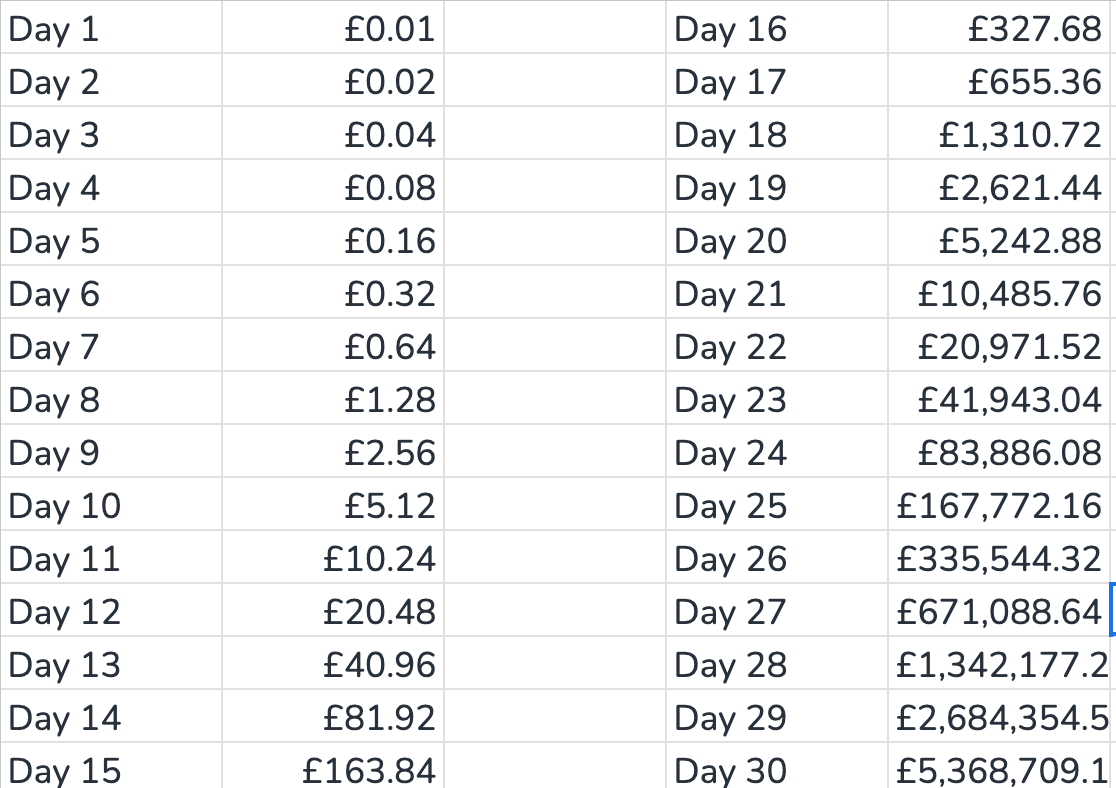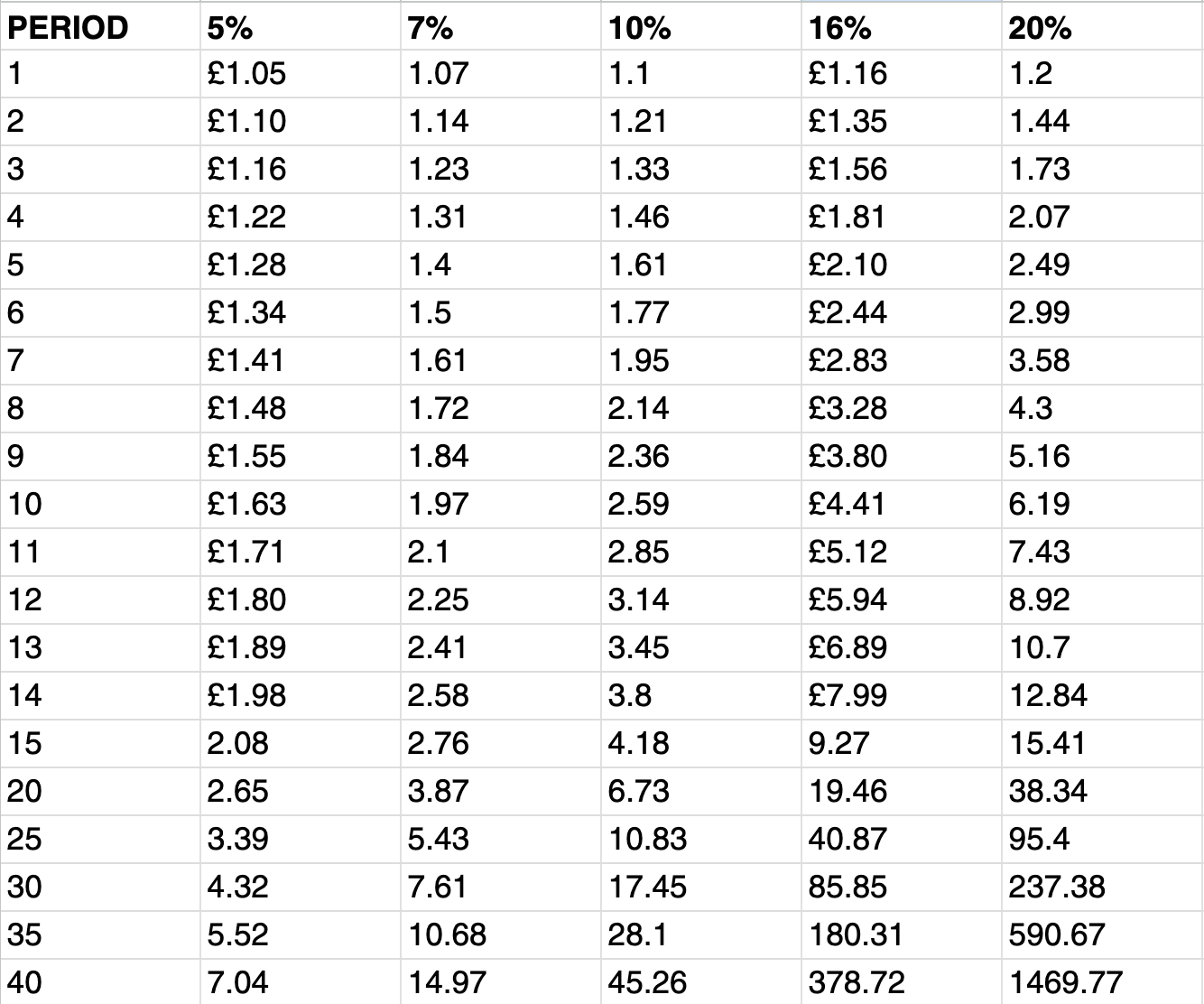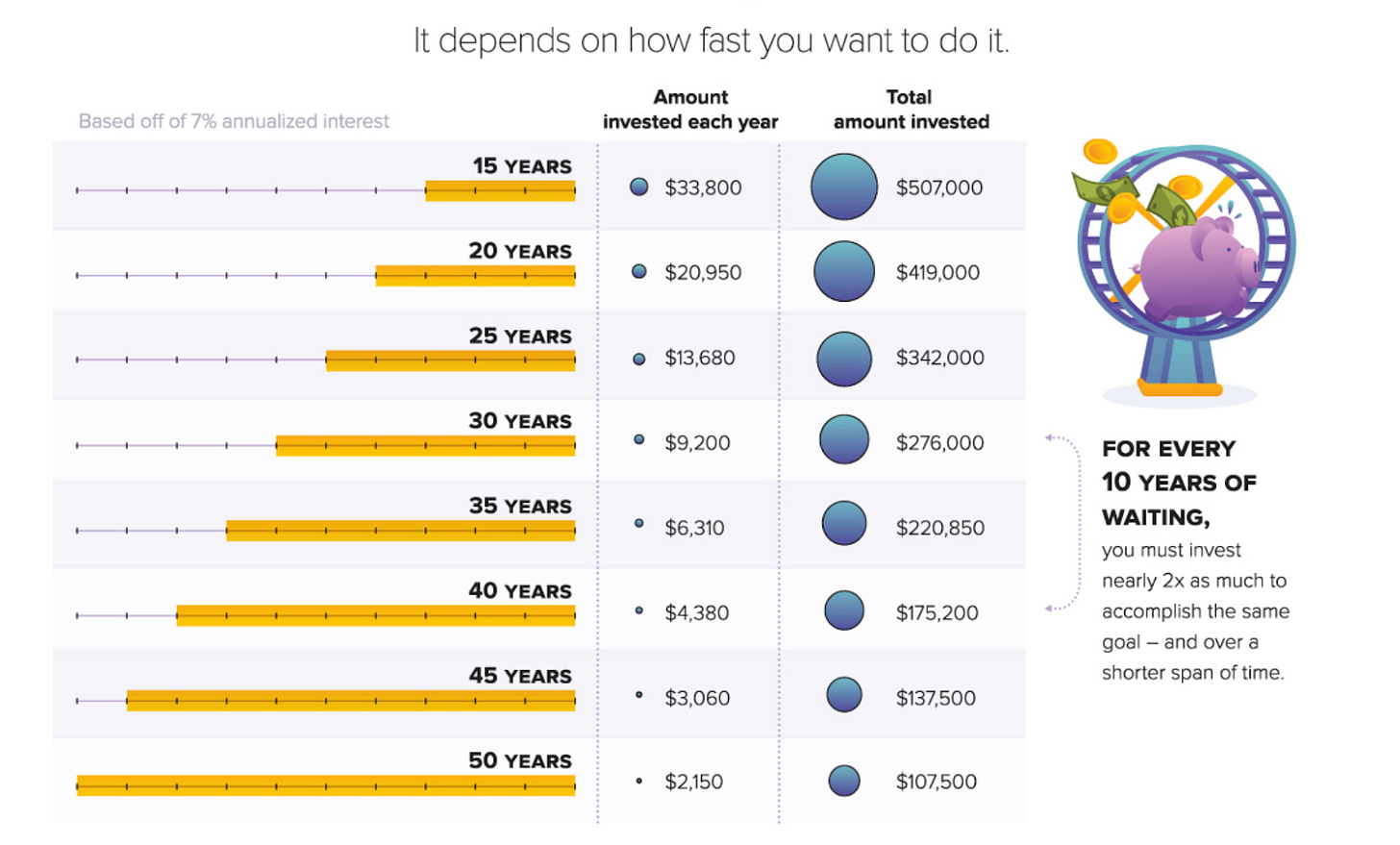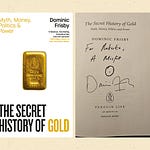Before we get started today, if you haven’t already seen it, check out my interview with Alex Langer of Sierra Madre. There could be quite an opportunity setting up with this silver mining company.
And if you haven’t read this piece on UK (and US) house prices yet, you might like it - it’s proved quite popular.
Right. The Eighth Wonder of the World …
How can you turn a tiny sum into a large one?
Speculate in small caps is one way. The problem is you risk losing your shirt.
There is another, safer path. All you need is time - lots of it - and some discipline.
You will often hear it said that time in the market is more important than timing the market. There is a lot of wisdom to the adage, though, in defence of timing, get it right and you gain significant advantage.
The underlying wisdom of the adage derives from the power of compounding, what Albert Einstein called the eighth wonder of the world. “He who understands it, earns it. He who doesn’t, pays it,” he is said to have said. (It is one of those attributed quotes, but it’s better coming from Einstein than anyone else, I suppose).
If I offered you a million quid upfront, or a magical penny that doubles in value every day for 30 days, would you take the million quid? I imagine you would.
You fool!
A penny that doubles every day would be worth over five million on day thirty.
But here’s the thing: it is the effect of compounding in the later stages that is breathtaking. The early stages are muted. Take that magical penny. On day 10, it’s only worth a fiver. By day 20 it’s north of five grand.
But it’s in the last three or four days that the vast sums are made.
Take a look at this table.
Compounding works even for relatively low annual returns. To benefit from it you have to start as early as you possibly can, re-invest everything you make and, ideally, keep adding. But it enables you to turn small sums into large ones. Just ask Warren Buffet.
This table shows the effects of compounding at different rates of return, but it assumes you don’t add to the initial pot. If you do that, the effects are more dramatic.
Tell your kids about compounding, and get them saving and investing. They’ll thank you.
To really benefit from compounding you also need to keep fees and taxes to a minimum. Thus the maximum gets re-invested. Avoid losses like the plague. Keep adding to the pot, and the compounding works even more in your favour.
There is a really cool tool here at Monevator, which allows you to see the effects. An initial deposit of £5,000, with £2,000 added every year and a 7% rate of return becomes half a million in forty years and a million in 50.
Invest just £2,150 every year at 7% and in fifty years you will have a million quid. But at the same rate over a fifteen year period to get to a million you would have to invest £33,800 - fifteen times as much.
The table below, courtesy of Visual Capitalist, demonstrates the maths.
The rule of 72
There is also a useful predictive tool which can tell you how long it will take for your money to double, assuming you compound at a certain rate. It’s called the rule of 72.
Further to some correspondence with reader K the other day, I thought I should tell you about it.
Divide 72 by your annual rate of return and that will tell you the number of years it will take your portfolio to double.
Put in mathematical terms it looks something like this:
72 ÷ by rate of interest/return = number of years.
Let’s say you have a 5% annual rate of return. 72 divided by 5 is 14.4, so that’s how long it will take for your money to double: 14 years five months, give or take.
At 10% you will double your money every seven years. (The rule of 72 does not take inflation into account).
At the suppressed interest rates of the 2008 to 2021 period, it’s a very different story. Savings left in cash at 0.1% would take 720 years to double.
Of course, if you lose money, in a given year, it’s a very different story. Compound purists avoid losses like the plague, as we all should, and, most of the time, steer clear of cyclical sectors that can be prone to prolonged bear markets - unless they feel they can time them. That’s why compounding works well in conjunction with a diversified portfolio.
You can read more on portfolios here.
Until next time …














